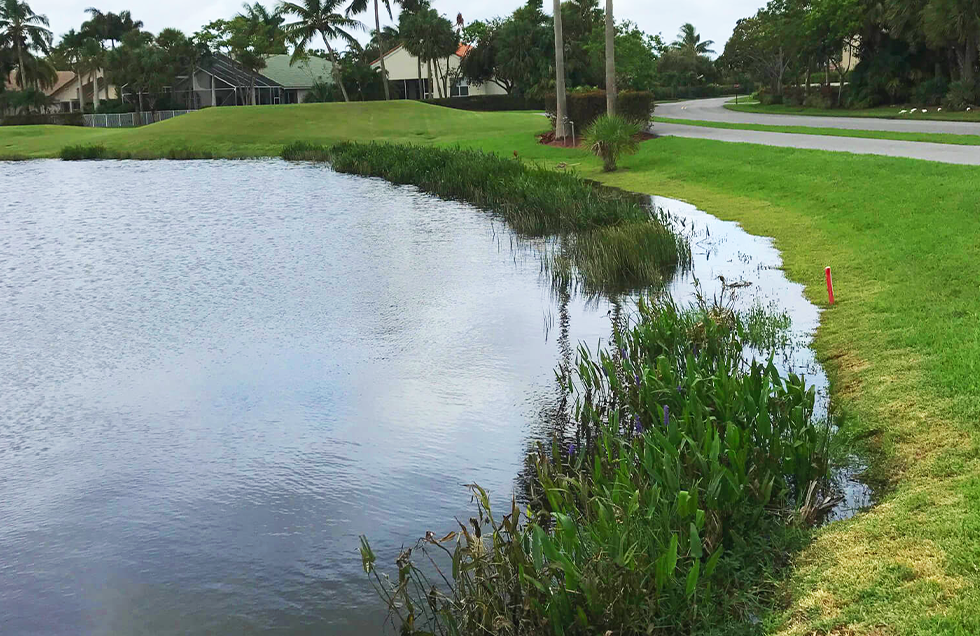The Littoral Shelf, an essential component of aquatic ecosystems, plays a crucial role in maintaining the health and balance of freshwater bodies. Whether you’re a passionate aquatics enthusiast or just beginning to dip your toes, understanding the best management practices for the Littoral Shelf is essential. In this beginner’s guide, we’ll take you through the fundamentals, providing valuable tips to help you nurture and sustain this vital aquatic feature.
Section 1: What is the Littoral Shelf?
Before delving into best management practices, let’s start with the basics. The Littoral Shelf refers to the shallow, nearshore area of a freshwater body, such as a lake or pond. This region is teeming with life, serving as a habitat for aquatic plants, insects, fish, and other wildlife.
Section 2: Importance of the Littoral Shelf
Understanding why the Littoral Shelf is essential is the first step toward effective management. It serves several critical functions, including:
1. Biodiversity: The Littoral Shelf is a hotspot for biodiversity, supporting a wide range of aquatic life. Its diverse flora and fauna contribute to the overall health and balance of the ecosystem.
2. Nutrient Cycling: Aquatic plants in the Littoral Shelf play a vital role in nutrient cycling. They absorb excess nutrients like nitrogen and phosphorus, helping prevent water quality issues like algal blooms.
3. Fish Habitat: Many fish species, especially in their early life stages, rely on the Littoral Shelf for shelter and food. Protecting this habitat ensures healthy fish populations.
Section 3: Best Practices for Littoral Shelf Management
Now that we appreciate the importance of the Littoral Shelf, let’s explore some best management practices to maintain and enhance this critical aquatic feature.
1. Vegetation Management
One of the key aspects of Littoral Shelf management is maintaining a healthy aquatic plant community. Here are some tips:
- Regular Monitoring: Keep an eye on the types and density of aquatic plants in the Littoral Shelf. Ensure they don’t become too overgrown.
- Selective Removal: If necessary, selectively remove invasive plant species to prevent overcrowding.
- Plant Native Species: Consider planting native aquatic plants that provide essential habitat and food for aquatic life.
2. Shoreline Buffer Zones
Creating buffer zones along the shoreline can significantly benefit the Littoral Shelf:
- Minimize Development: Limit construction and human activities near the shoreline to reduce disturbance to aquatic life.
- Plant Riparian Vegetation: Establish a buffer of native vegetation along the shoreline to prevent erosion and filter pollutants from runoff.
3. Nutrient Management
Controlling nutrient levels is crucial for Littoral Shelf health:
- Reduce Fertilizer Use: Avoid excessive fertilizer application near water bodies, as it can lead to nutrient runoff.
- Maintain Septic Systems: Ensure proper maintenance of septic systems to prevent nutrient leakage into the water.
Section 4: Aquatic Life and the Littoral Shelf
Understanding how aquatic life interacts with the Littoral Shelf can guide effective management practices.
- Fish Habitats: The Littoral Shelf provides shelter for juvenile fish and a foraging ground for predators. Protecting this habitat is vital for fish populations.
- Insect and Amphibian Breeding: Many insects and amphibians lay their eggs in the shallow waters of the Littoral Shelf. Maintaining water quality is crucial for their survival.
Section 5: Tips for a Healthy Littoral Shelf
To sum up our best management practices, here are some additional tips for maintaining a healthy Littoral Shelf:
- Water Quality Testing: Regularly test the water quality to ensure it meets the needs of aquatic life.
- Promote Public Awareness: Educate your community about the importance of Littoral Shelf conservation and involve them in protection efforts.
- Seek Expert Advice: If you’re uncertain about specific management techniques, consult with aquatics professionals who can provide guidance.
Conclusion: Nurturing Your Littoral Shelf
The Littoral Shelf is a dynamic and vital component of freshwater ecosystems. By following these best management practices and staying vigilant about its health, you can contribute to the preservation and sustainability of this critical aquatic feature. Whether you’re an experienced aquatics enthusiast or just beginning your journey, these tips will help you play your part in protecting the Littoral Shelf for generations to come.


Recent Comments